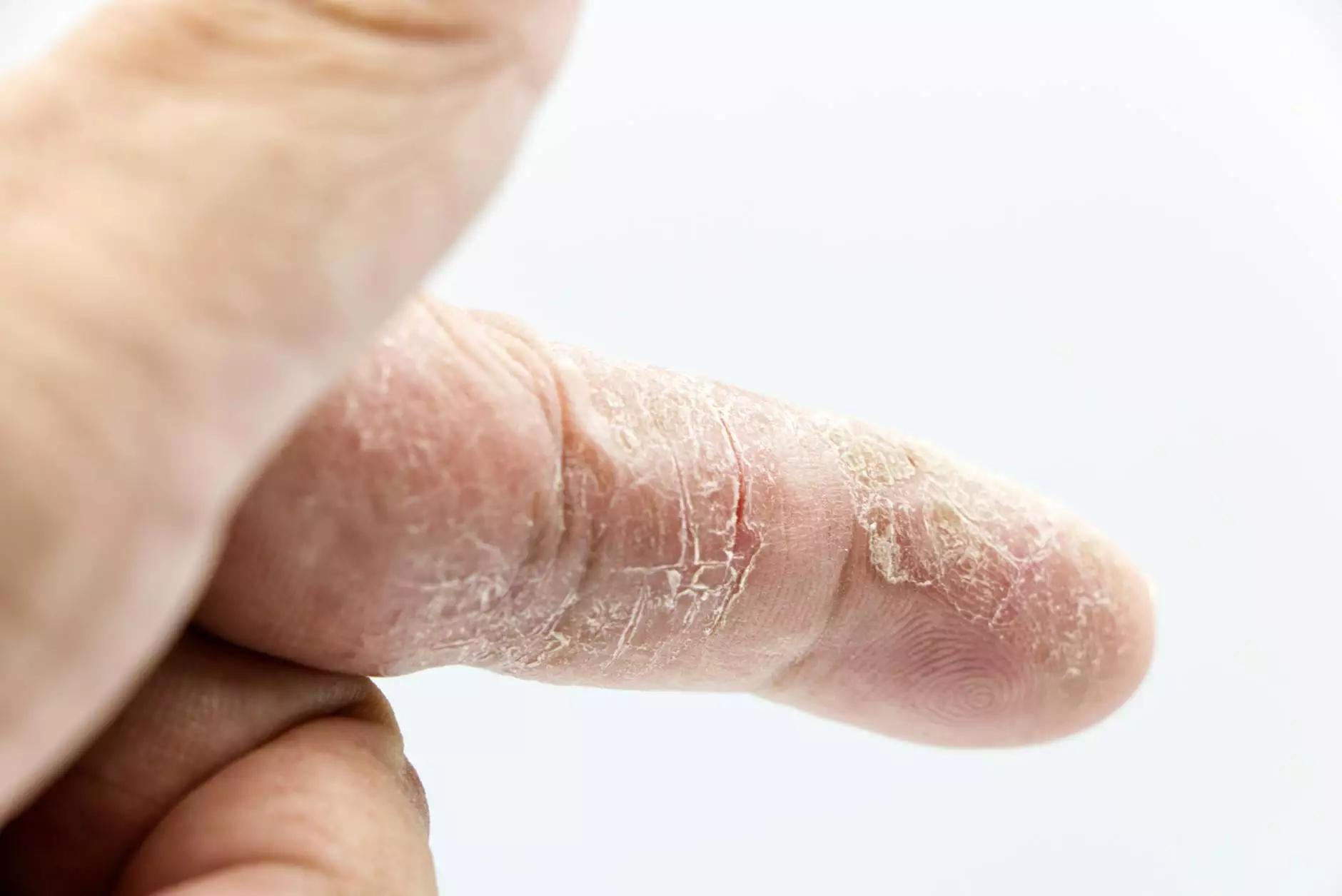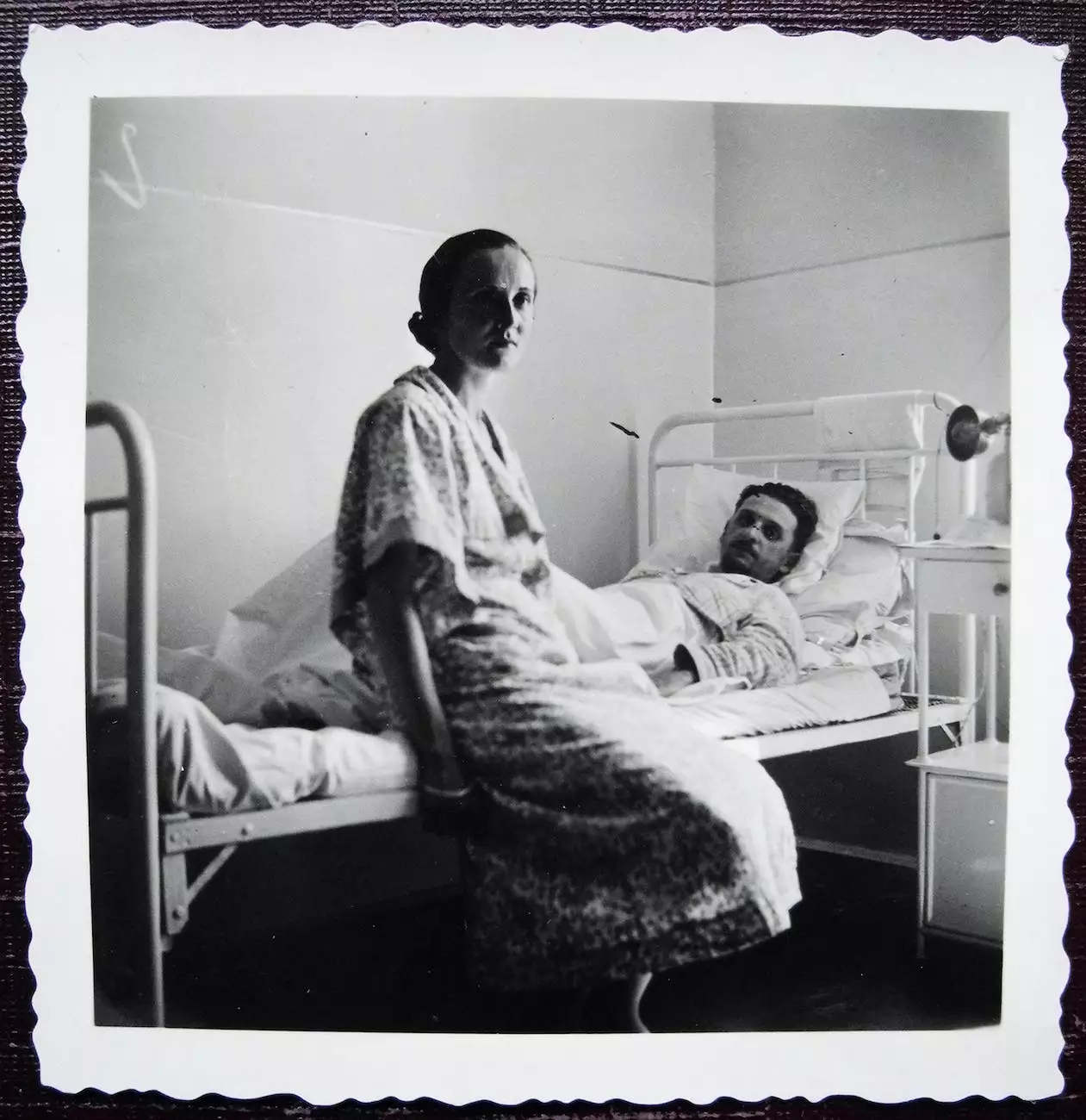Don't Get Stuck on Trigger Finger
Orthopedic Surgery
Understanding Trigger Finger
Welcome to Bowling Orthopaedics, your trusted source for comprehensive orthopaedic care. In this article, we will delve into the topic of trigger finger. Trigger finger, also known as stenosing tenosynovitis, is a common hand condition that affects the tendons in your fingers, causing pain, stiffness, and difficulty in movement.
Causes and Risk Factors
Trigger finger can be caused by a variety of factors. One of the primary culprits is repetitive hand and finger movements, commonly found in occupations such as typing, assembly line work, and playing musical instruments. Other risk factors include age (as it is more prevalent in individuals over 40), certain medical conditions like diabetes or rheumatoid arthritis, and gender (as women are more prone to developing trigger finger).
Recognizing the Symptoms
Identifying trigger finger symptoms is crucial for early detection and treatment. Some common signs to watch out for include a clicking or popping sensation when moving the affected finger, stiffness in the affected finger joint, pain or tenderness at the base of the finger, a nodule or bump in the palm, and difficulty in straightening or bending the finger.
Diagnosis and Treatment
At Bowling Orthopaedics, we specialize in the diagnosis and treatment of trigger finger. Our experienced orthopaedic specialists employ a comprehensive approach to ensure accurate diagnosis. Through a physical examination and discussion of your symptoms and medical history, we can determine the most suitable treatment options for you.
Non-surgical treatments are typically the first line of defense against trigger finger. These include rest, ice, anti-inflammatory medications, splinting, and exercises to improve finger mobility. If conservative treatments fail to provide relief, we may recommend corticosteroid injections or, in severe cases, surgical intervention to release the affected tendon sheath.
Preventive Measures
While trigger finger cannot always be prevented, there are steps you can take to minimize your risk. Maintaining good hand hygiene, practicing hand and finger exercises to improve flexibility, using proper ergonomics in daily activities, and taking regular breaks during repetitive tasks can all help reduce the likelihood of developing trigger finger.
Seek Expert Care at Bowling Orthopaedics
When it comes to trigger finger, early intervention and specialized care are essential. Bowling Orthopaedics, a leading orthopaedic practice in the field of hand and upper extremity conditions, is dedicated to providing you with the highest quality care customized to your unique needs. Our team of orthopaedic specialists, advanced diagnostic capabilities, and state-of-the-art treatments ensure the best possible outcomes for our patients.
If you or a loved one is experiencing symptoms of trigger finger, don't hesitate to contact Bowling Orthopaedics. Our experienced team is here to provide you with expert guidance and personalized treatment options to alleviate your discomfort and restore optimal hand functionality.
Contact Bowling Orthopaedics
To schedule an appointment or to learn more about our services, please visit our Trigger Finger page or call our office at [INSERT PHONE NUMBER]. Take the first step towards regaining control of your hand health with Bowling Orthopaedics.




